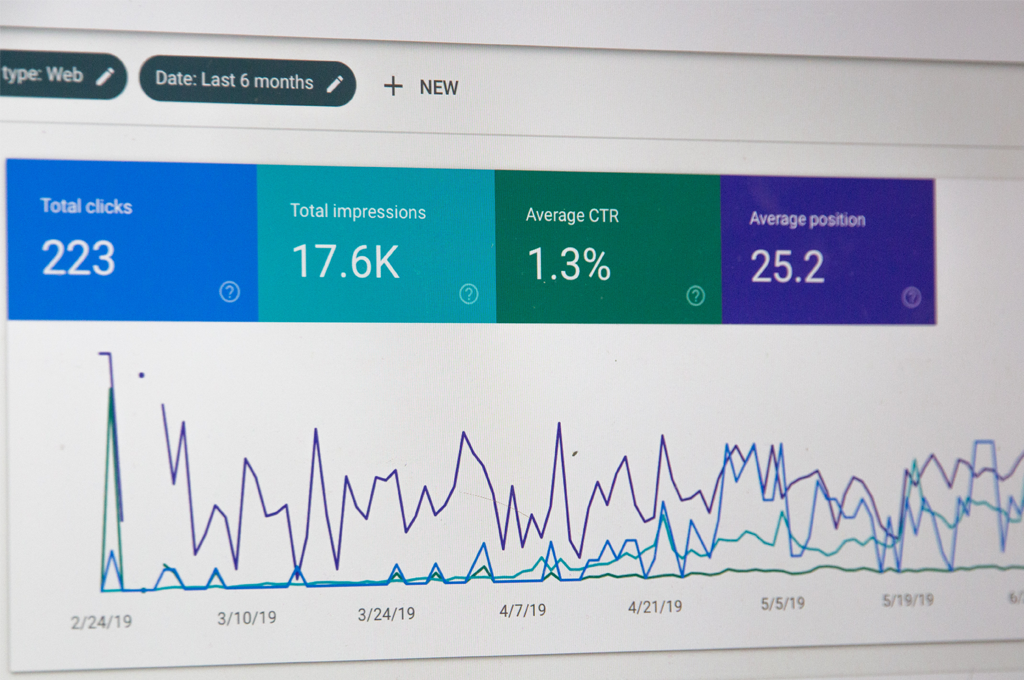We have all heard of search engines such as Google and Bing. Some of us are aware of search engine optimization (SEO). Few of us are aware of best practices and new developments in the software when it comes to search engine marketing (SEM).
Let’s take an example to support that statement.
Say you type the search query into Google, “Driving Instructors in Calgary”, you are met with a series of ads that take the top 1-4 spots on the search listing. These are known as “Google Search Ads”. The question is, how do those companies receive the top spots in search listings? The answer is, it is a piece of their overall marketing strategy.
Now if you were to be actively seeking more information on driving instructors in Calgary, you would be inclined to select the first few search listing in the attempt of finding the right one to pay for their service. There is more to this in the marketing world, such as building confidence through key messaging and branding, or SEO best practices to show up organically on search listings.
What is SEM?
Search Engine Marketing is the means by which a company can purchase ad slots on search engines to receive the top spots relating to what the user is searching for. Let’s not stop there, search engine marketing can be extrapolated into hundreds of keywords and search queries. For companies looking to capture these top spots, it is key to identify goals.
What do we mean by goals?
Broad search queries draw more competition than others. If you are a small business in the field of insurance, for example, it can be incredibly tedious and time-consuming to have your goal to capture the first search listing through organic SEO efforts, as there are hundreds of insurance companies and brokers attempting the same thing. Example below.

oals are set by reverse engineering a user search query and to specify what you want your business to be found for.
Using the same example of insurance companies, using data from Google’s ad platform, you can see the volume of keywords and search queries that are typed into the search bar by day, month, or year. With this data, you can list all of the keywords that you want to be found for.
This allows the marketer or business owner to utilize their ad spend on keywords and search queries that are actively being searched based on volume, thus increasing the effectiveness of your efforts and budget.
It can also be a helpful way to analyze your efforts when reporting the return of investment (ROI) outside of sales. Measuring what is and what is not working should be a consistent priority for marketers and business owners investing in SEM.
Let’s dive a little deeper here with some examples.
Say if you owned and operated a florist business in Calgary. Taking the time to discover what is being typed into search engines to find florists near them is worth identifying before spending one dollar on SEM. There are paid and free software tools outside of a Google business account out there that allow you to research search query volumes, such as SEMRush and Moz.
As a florist businesses, your target user is most likely to type into search engines these types of queries:

Say those examples were the most popular searches typed into Google last month. You can target your search ads to show up when these keywords are used. With that, you can pay for the top search listings and reach more customers, thus leading to more visibility and sales.
A good tip for research is to make note of the “related searches” at the bottom of Google’s search listings, see the example below.

he takeaway
If you are on the cusp of investing in SEM, take some time to reverse engineer your own search queries. Ask yourself these questions:
- How did I find the last website I made a purchase from?
- What would I type into Google to find my own business?
- How are online users educating themselves about their purchases in my industry?
- What are the top search listings that are currently visible and how do I make mine more enticing?
The software for creating these types of ads is ever-evolving, allowing for images and sales straight from Google search listings from their “Shopping” tab. Working with an experienced marketer in the field of SEM allows for a multifaceted approach to ensure the most visibility possible with your ad budget.
While it may seem quite technical, it would unfair to not state the level of common sense that plays a part in SEM. You do not have to be an expert in digital marketing or SEM to effectively place paid search ads on Google or Bing.
Using the knowledge you have of your industry, create a path that a user can follow that they can educate themselves and feel confident about making a purchase, beginning with visibility on search engines. Don’t forget, well structured copywriting and key messaging plays a major role in getting a user to click your ad. With strategy must come real information, inform your customers to feel good about making a purchase, and keep them coming back for more.




